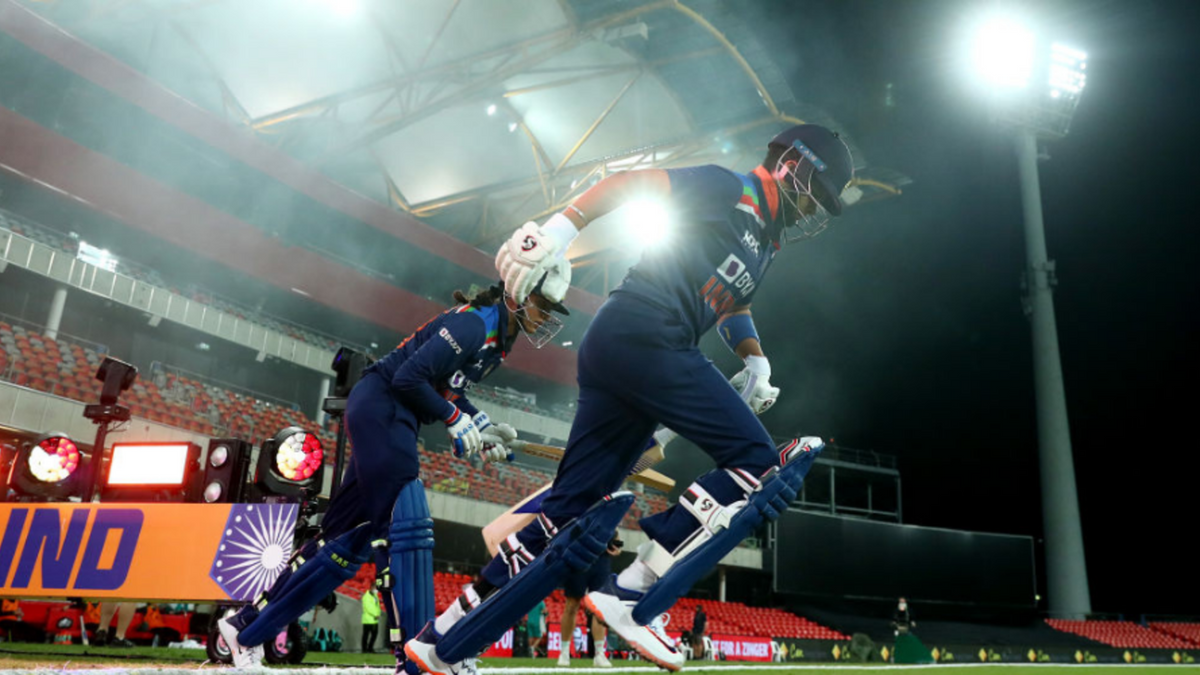
The BCCI’s announcement to conduct the Ranji Trophy after a span of two years allows the domestic players in India to heave a sigh of relief, but Sarah Waris wonders when women’s cricket in the country will get attention.
As former players, experts and fans revelled in the confirmation that the BCCI would finally host the Ranji Trophy, India’s first-class competition – after the Covid-19 pandemic stalled the tournament last year – a tweet from Australia’s Lisa Sthalekar shifted the focus towards the plight of the women domestic cricketers.
As the board goes on to organise the first-class competition in two phases before shifting their focus towards the IPL, women cricketers in India continue to grapple with uncertainty. The Senior Women’s T20 League, scheduled to be held in February 2022, was one of the three events that had been postponed by the BCCI earlier this month due to the third Covid-19 wave that swept through India. But while the Ranji Trophy is back on track, another group of players stay forgotten and cornered, their future on shaky waters.
The women’s senior team in India play two competitions in India, in the one-day and T20 format, as against the men’s senior domestic players, who also play four-day matches in Ranji Trophy. At the very basic level, it means less playing time and match experience for the women players. Even at the age-group level, the exposure is limited, and the pathways to succeed are often clouded by uncertainty and obstacles. This not only creates confusion regarding the future in the minds of a young woman player, but also means that the bench strength for the international side is not always made up of polished individuals. In contrast, the pool for the men’s senior side is brimming with ready products, a result of the rigorous competitions that they take part in right from their school days.
The Indian Women’s Cricket Team, at present, has tasted immense success in the last three ICC events, reaching at least the semi-finals on all occasions, but those following intently would know that the squad is struggling to find replacements in the middle order as well as in the fast bowling department. The imminent retirements of Mithali Raj and Jhulan Goswami is a further cause for concern, and snatching the limited chances the domestic players get to showcase their skills tends to impact the entire system. The cancellation of the women’s domestic T20 League with no update on when it could be held, along with the yet-to-be-fulfilled promise of a Women’s IPL, only gives a feeling that this branch of cricket is far from being one of BCCI’s primary focuses.
Limited game time since the pandemic
It took the board a whole year since the start of the pandemic to get the women’s team to feature in a bilateral series, with bio-bubble constraints being the primary reason given for the delayed return. In the same duration, the men’s team played in the IPL, went on a full-fledged tour to Australia and turned out in the home series against England. When the women’s side finally took the field, against South Africa, they had to jostle with the men’s team for screen time, with the men’s fixtures and the women’s games running simultaneously.
During the break, a four-match Women’s T20 Challenge was held, the timing coinciding with the Women’s Big Bash League, which robbed the Indian players a golden and rare chance to play with and learn from the best in the business. With overseas players unlikely to take on the trouble of quarantine for a maximum of three matches the current format allows, the event was cancelled last year.
A full-fledged Women’s IPL is the next ready answer, but the sense of feeling from journalists privy to the happenings within the board is that the officials are hesitant to go ahead with a plan, at least in the immediate future, as they remain unsure of the monetary returns and the talent available in India for a longer tournament. It should be remembered that the BCCI does not directly have to depend on the revenue the women’s team gets in order to promote them; they are, after all, the richest board in the world with ready resources available.
This brings us back to the start: if the focus shifts away from organising local tournaments, and solutions on how to grow the sport further are not a priority, ready excuses will always be available. In order to make the sport more inclusive, the board has to first acknowledge that a bigger issue exists in their treatment of women’s cricket, beginning right from their wages. The maximum a senior women domestic player in India earns is INR 20,000 (USD 270 approx) per match day, which is still less than half of the daily amount their male counterparts get
However, the BCCI president has, time and again, stated that the board is doing their utmost best for the women’s game. In reality, though, the athletes have to make do and be satisfied with the bare minimum. It’s infuriatingly unfair, but that’s how it is.








